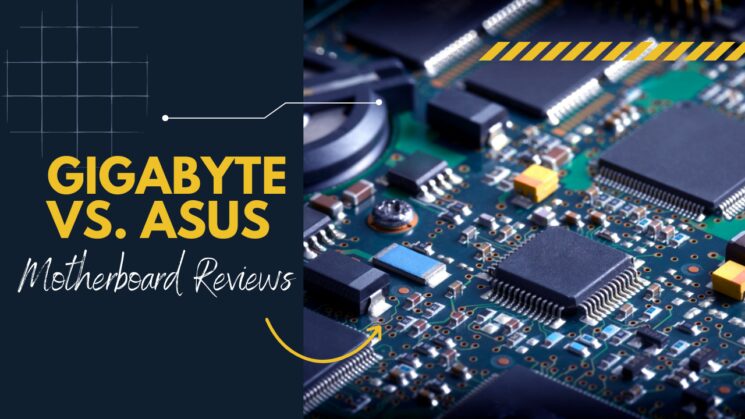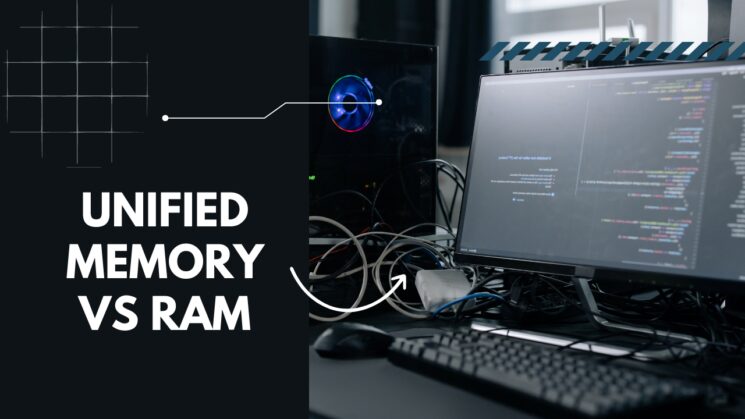Compared to tempered glass screen protectors, liquid screen protectors are more efficient in protecting the screen.
Being safe, though, means being protected from drops and bumps. If it doesn’t work, you could be asking yourself, “how to remove liquid screen protector?”
It is incomprehensible to remove the liquid protection. If your phone’s glass screen breaks, you may remove the tempered glass screen protector by revealing an unbroken surface on three different methods.
Continue reading to make your liquid screen stay protected!
Methods To Remove Liquid Screen Protector?
Method-1: With A Toughened Glass/ Tempered Screen Protector
- Shut off your mobile device’s screen if you’re not using it.
- Create a space between the tempered glass screen protector and the screen using a toothpick. Each corner of the screen protector must be lifted to remove it.
- As a last resort, insert a credit card into the gap to prevent the protection from buckling as you carefully remove it.
Method-2: Without Tempered Glass
- Put your phone under the sunshine for 60 minutes.
- Lift the liquid glass protector from each corner one by one.
- You may stop tugging from the corner as it begins to peel off, so keep moving farther down the protection.
- Pull carefully and evenly to avoid a jigsaw puzzle of tempered glass fragments.
Method-3: With A Glued Glass Screen Protector
- Using a hairdryer, heat the glass for 15 seconds at a low temperature before using it.
- When the glass is heated, the glue that holds it in place is loosened, making it simpler to remove.
- With your fingernails, gently lift one corner of the glass.
- Under the gorilla glass, wiggle your fingers.
- Make careful to remove the tempered glass one piece at a time.
Do Liquid Glass Screen Protectors Last A Long Time?
A liquid protector increases the toughness of your screen while also enhancing its color. They also have antibacterial and water repellent qualities. Certain brands of the item may stop radiation.
Glass on mobile phones wears down microscopic over time, and the coating on new phones also wears down over time. The bulk of layers is only suitable for a few months at most.
You may smooth down the rough patches on the gadget screen by applying liquid glass to it. Because these guards are often less than 100 nanometers thick, they won’t make your smartphone seem bulkier.
Instructions for installing Liquid Glass Protectors
- Remove any dirt, bacteria, and oil using wipes #1 and #2.
- To make sure your gadget is completely dry, rub it with the microfiber cloth.
- Wearing a watch, apply half of the vial’s contents
- Apply the whole vial to the front or rear of a smartphone.
- For an iPad or tablet, use two vials.
- Use a clean cloth #2 to evenly distribute the liquid on the glass.
- Take at least five to ten minutes.
- Buff the glass surface dry with a microfiber cloth.
- Within 24 to 48 hours, the nanotechnology will be entirely cured.
- Before utilizing your device, we suggest that you wait at least 15 to 30 minutes.
How Essential Is an Oleophobic Coating for Your Liquid Display?

You don’t need your gadget to have an oleophobic coating to operate. If you don’t have it, your phone will still operate, and your screen won’t be any more vulnerable to damage. It’s not going to look or feel as good as the original.
This coating is most typically employed in the medical and consumer electronics industries. Endoscope lenses and surgical visors and shields are coated with them.
Oleophobic coatings prevent fingerprint sensors and other debris from getting on the interface. Another benefit of employing oleophobic layers on touchscreen devices is decreased glare.
What Are Nanotech Liquid Screen Protectors?
As the name implies, nanotechnology is all about working at the “Nano” level, between 1 and 10 nanometers. It is possible to add distinctive qualities to your glass by using these liquids.
The default device’s glass or plastic screen is coated with a liquid screen protector, which hardens it without altering the texture or form of the glass.
In addition to making it more difficult, it also makes it more resistant to dust and filth. Put another way; they’re “Unseen Protectors” since you’re putting an invisible layer of thicker glass on your phone screen.
Can The Scratch Resistance Of Liquid Screen Protectors Increase?

Adding a layer of glass on top of a smartphone’s screen should theoretically make it more scratch-resistant. Only 15-30 molecules thick, it’s a transparent layer.
We’re not sure how to measure the additional scratch resistance since we’re simply scratching the newer glass on top of the previous glass.
We’re pretty convinced our eyes can’t see the difference between a layer of glass that’s 15-30 molecules thick and the rest of the screen. The additional layer of glass might theoretically increase scratch resistance, but only by a small amount.
Is It Beneficial To Invest In Liquid Screen Protectors?
If you’re looking for maximum protection for your phone, stick with liquid screen protectors. As a stand-alone product, we don’t recommend liquid screen protectors. It doesn’t suffice.
To create the most potent non-plastic screen protector for your smartphone, you might first use a liquid screen protector, followed by a regular plastic/glass screen protector. However, it’s essential to remember that this is still glass and glass fractures.
Tempered Glass vs. Liquid Screen Protector

Have trouble deciding whether to use liquid or tempered glass to protect your Samsung or Apple device screen? Compared to tempered glass, here are some advantages and disadvantages of utilizing liquid screen protectors.
Compared to liquid cracks, tempered glass guards seem less of a problem. Contrary to popular belief, though, the liquid particles of the smartphone screen protection aren’t necessarily a smear fest.
A tempered glass protector has long been the go-to solution for iPhone SE safety. In addition, a 0.5 mm-thin coating of liquid glass is also available, making it almost undetectable.
Liquid glass is equally responsive to your finger’s touch as a tempered glass screen, thanks to a super-thin layer of liquid. The screen is sensitive and oleophobic, making it impervious to finger smudges.
Cleaning Your Liquid Screen Protector: A Quick Guide
- Do not clean the screen with alcohol-containing solutions.
- Do not use household detergents to clean the screen.
- Keep your phone out of your trousers or jeans pockets if it has an exposed screen.
- Make an effort to play fewer games using touch controllers in the same spot.
- Do not carry your phone alongside other items, such as keys, in your pocket or purse.
- Never leave your phone out in direct sunlight.
- Use a microfiber cloth or similar ultra-soft fabric to clean the screen.
- When using liquids, do not put them directly on the fabric.
How Do Liquid Screen Protectors Work?

A liquid screen protector is a type of phone screen protector that is applied to the phone using a special solution. The solution helps to bond the protector to the phone and also fills in any tiny cracks or gaps on the surface of the phone, creating a smooth, clear barrier.
Liquid screen protectors are made from a variety of materials, including tempered glass, PET film, and even liquid silicon. Tempered glass is the most durable option and can resist scratches and impact damage.
PET film is thinner and more flexible, making it ideal for curved screens. Liquid silicon is the newest option on the market and offers self-healing properties, meaning any small scratches will disappear over time.
Frequently Asked Questions
1. Can you remove the liquid glass screen protector?
It is impossible to remove the liquid protection. Once applied, it becomes a permanent part of your window. Traditional tempered glass screen protectors require the user to remove them.
2. Do liquid screen protectors work as intended?
In terms of volume and thickness, liquid screen protectors take the prize. It blends into your phone’s display background while remaining exceedingly thin. It may also help keep your smartphone from becoming scratched when used daily.
3. Is it possible for liquid glass to shatter?
It’s barely 100 nanometers thick, so it’s undetectable to the human eye. However, even ultra-strengthened glass is not invincible and may fracture if pushed to sufficient force.
4. How Do You Get Rid Of Bubbles On Your Phone Screen?
To get rid of any air bubbles, press down on the protector with the edge of a credit card. As soon as the bubbles reach the screen’s edge, gently raise one sticky side of the protector.
When the bubbles are gone, keep pressing the screen protector.
5. Is it possible for liquid glass to be scratched?
It’s impossible to tell that a liquid glass screen protector is there since it’s so thin and doesn’t have any visible borders. As hard as sapphire (a 9H hardness grade), it’s scratch- and chip-resistant.
6. Can liquid screen protectors work with other types of screen protectors?
Yes, liquid screen protectors can work with other types of screen protectors. In fact, they can actually help to prolong the life of your other screen protector. Liquid screen protectors create a nano-coating on your device that is only a few molecules thick.
This coating bonds with the glass on your device and helps to fill in any microscopic pits or imperfections. As a result, the surface of your device becomes smoother which makes it easier for another screen protector to adhere to.
Also read about how to find clipboard on iPhone 6-13 and find out more informations and update your mobile device.
Finally, What Should You Do To Remove Your Liquid Screen?

If you are still confused about how to remove liquid screen protectors then just follow the below-described process.
You may remove your phone’s original screen protector if you’re referring to the phone’s screen protector. Getting your fingernail under a corner may be necessary to remove it.
To remove the protector, you should avoid using any tools or sharp utensils (such as a screwdriver, knife, etc.) that might damage the actual screen.









